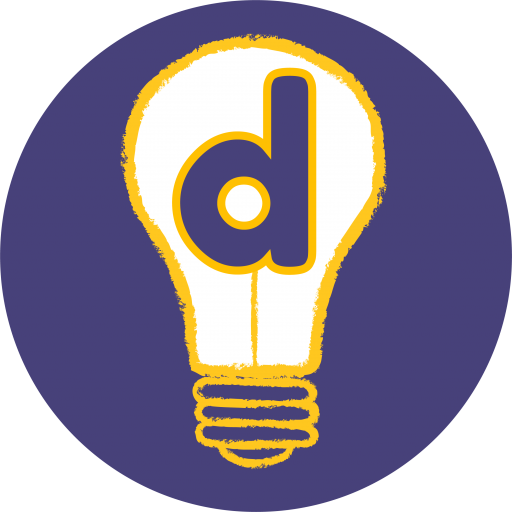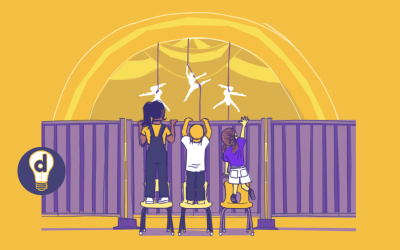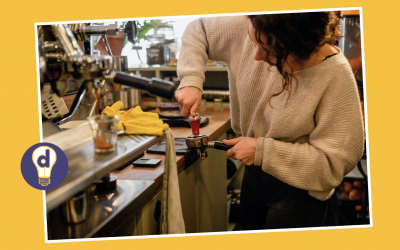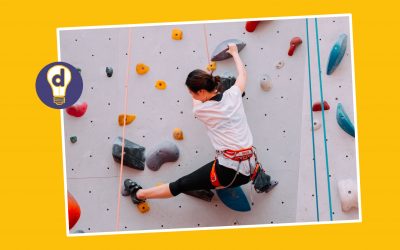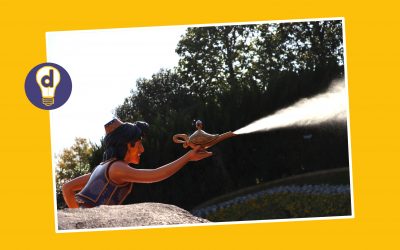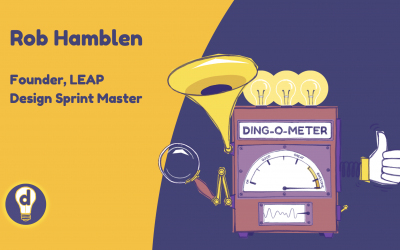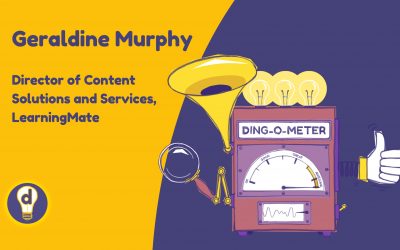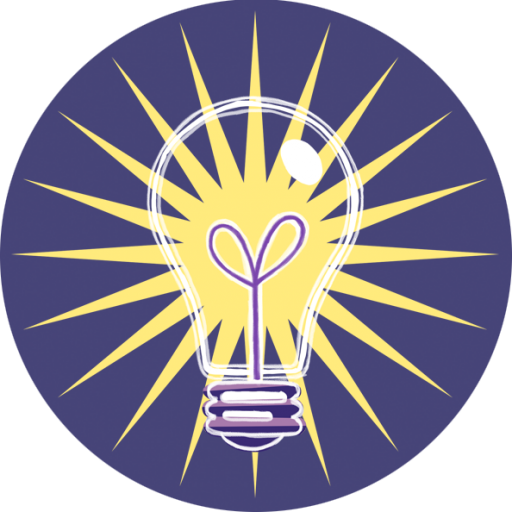tips and tricks for awesome learning design
Minimising barriers to learning with technology
It's an obvious statement, but technology can both help and hinder learning. And if we're not careful, it can create more barriers to learning than it reduces. In this article, we're going to look...
Facilitating imagination in learning design
If we can create an experience that enables learners to use their Imagination, they are more likely to achieve the learning outcomes. So when we're designing a learning experience, it's very...
Focus on what learners do
If we focus on what learners do, we're more likely to design effective learning experiences. In 1999, Professor John Biggs published an article that had a significant impact on people’s views about...
3 tips for working with SMEs
Working with SMEs is an integral part of being a learning designer. As Learning Designers, our role is not to be the content expert. It’s to ensure the overall learning experience is engaging,...
Supporting learners with dyspraxia
We are trying harder than you can imagine,’ says dyspraxic teacher Kerry Pace (2015). She suggests that we – non-dyspraxics – might think about how we feel when we’re exhausted: the things we...
The role of personas in learning design
What are learner personas? Learner personas provide a practical way for us learning designers to focus our empathy. But why do we need to do this? The reason is to help us determine the difficulty...
Anticipating dyslexia benefits all learners
The UK government spends a great deal on supporting dyslexic students in HE – and they almost certainly get value back on that money in the workplace. At the same time, many dyslexic students go...
ChatGPT: embracing a brave new world
Some two months after the launch of OpenAI’s ChatGPT, a LinkedIn tech editor asked how I felt about students writing essays with it. Swiftly I replied: ‘There's a whole industry out there writing...
Are you a hidden learning designer?
Learning designers are everywhere, but they're often hiding in plain sight. Over the past 18 months, demand for learning designers has increased significantly. Companies have been hiring people who...
Learning to experiment takes practice
Few learning designers and educators will disagree with the value of learning by doing. But learning to experiment takes practice, and we mustn't assume that learners are confident and comfortable...
Addressing care in learning design
If we're not thinking about care when we designing learning, we risk doing more harm than good. China, like many of advanced nations, is seeing mental health problems rising among its...
Designing for learners with autism
Autism is ‘a diverse and mystifying condition’ (National Autism Society), where people live in their own world and communication is almost impossible. Learners with autism experience difficulty with...
Why ‘little and often’ delivers flexible learning
At some point in our lives, most of us will have had to write an essay. And many of us will have left that essay until the last minute. This situation is the product of poor learning design. It's...
Supporting teamwork through learning design
‘ … offering students the opportunity to work in groups on projects or development, without also attending to process, has created a vacuum of responsibility’ (Brockbank and McGill, 1998.) Teach...
Tackling procrastination with learning design
Piers Steel is an expert in procrastination at the University of Calgary. In an interview on the BBC's One to One programme, Steel comments that by tracing our social media activity,...
Writing aims, learning outcomes and assessment criteria
Writing aims, learning outcomes and assessment criteria can seem onerous. However, it’s well worth spending time to get them as you want them. In this post, Ding's Dr. Nicholas Houghton explains the...
Rob Hamblen: How design sprints can guide learning design
What is a design sprint, and how does it relate to learning design? In this episode, we talk with Rob Hamblen, founder of the LEAP design agency where he helps companies build better digital...
Andragogy, motivation, and how learning designers add value to businesses
Geraldine Murphy was a learning designer before learning design was invented. After completing her teacher training back in 2009, Geraldine has applied her knowledge of learning and technology in...
